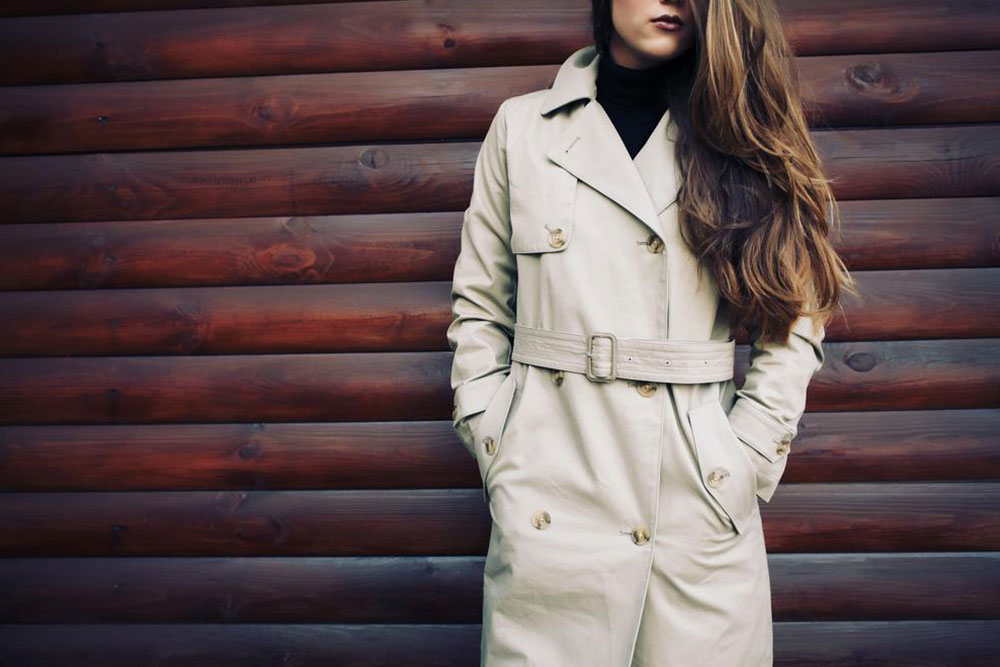The history behind pea coats
An outer coat with heavy wool is called a pea coat. They are usually navy blue and wear originally worn by European sailors and later American navy. Short length, double-breasted front, broad lapels, wooden or metal buttons with vertical or slash pockets are the characteristics of a pea coat. There have been many references about the pea coat in American newspapers during the 1720s. Even now these characteristics strongly form a part of the pea coat.
Today it is worn by almost every individual, and the characteristics are still the same with the addition of a hood. Pea coats can be found on streets where some are substantial navy surplus while others are a mere gimmick.

The pea coats of the 19 th century had a tight fit with flair lines on the hip so that sailors can climb the ropes easily. The first pea coats used to have no vents or side vents whereas the current US navy pea coats have a center vent. Nowadays the fabric is 80% wool and 20% artificial fibers. Throughout the time the pea coats had different button count.
There were many versions of a pea coat jacket and hence the actual origin of this clothing is still under ambiguity. The Oxford Dictionary claims the pea coat to have a Dutch origin and the word pea is derived from the Dutch word ‘pijjakker.’ According to Camplin, a British store used to sell uniforms to the British Navy and eventually designed the petty coat, which was later known as the P. coat. The reefers version claim the coat was designed for reefers who climbed the riggings of sailing ships. The US, however, has acknowledged that they have adopted the coat from the British Navy.

